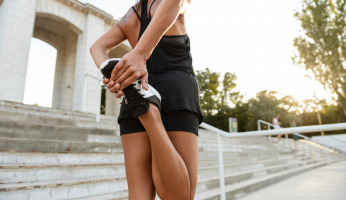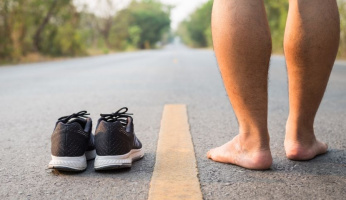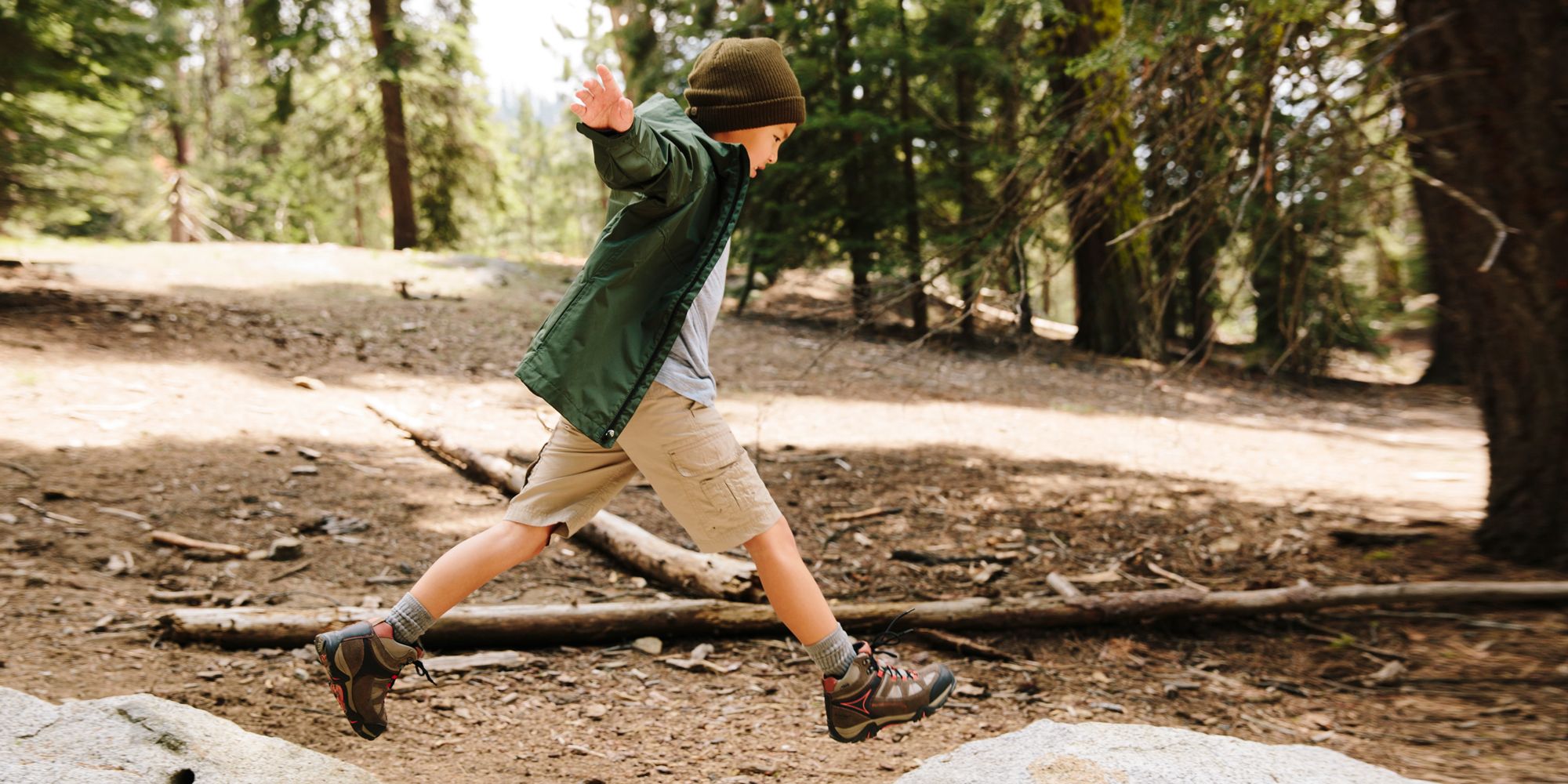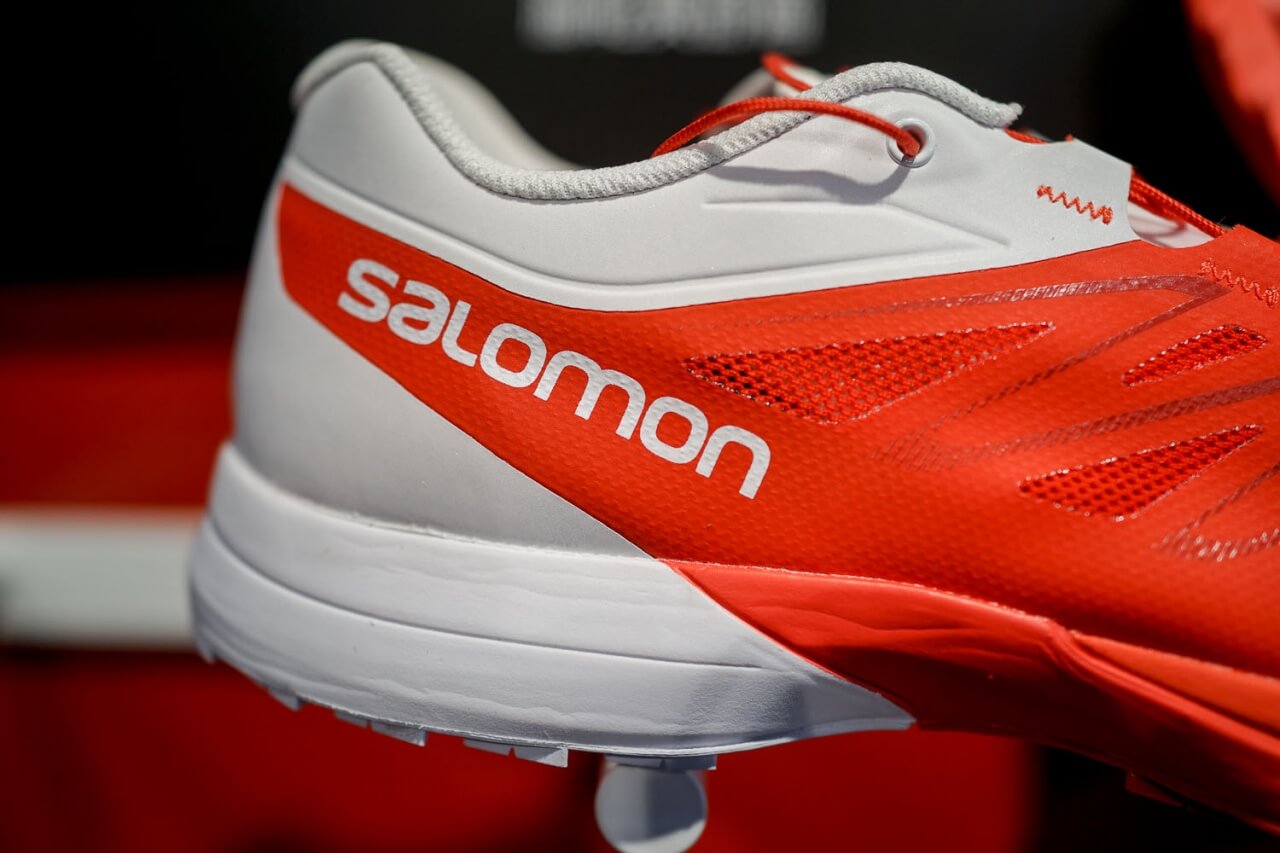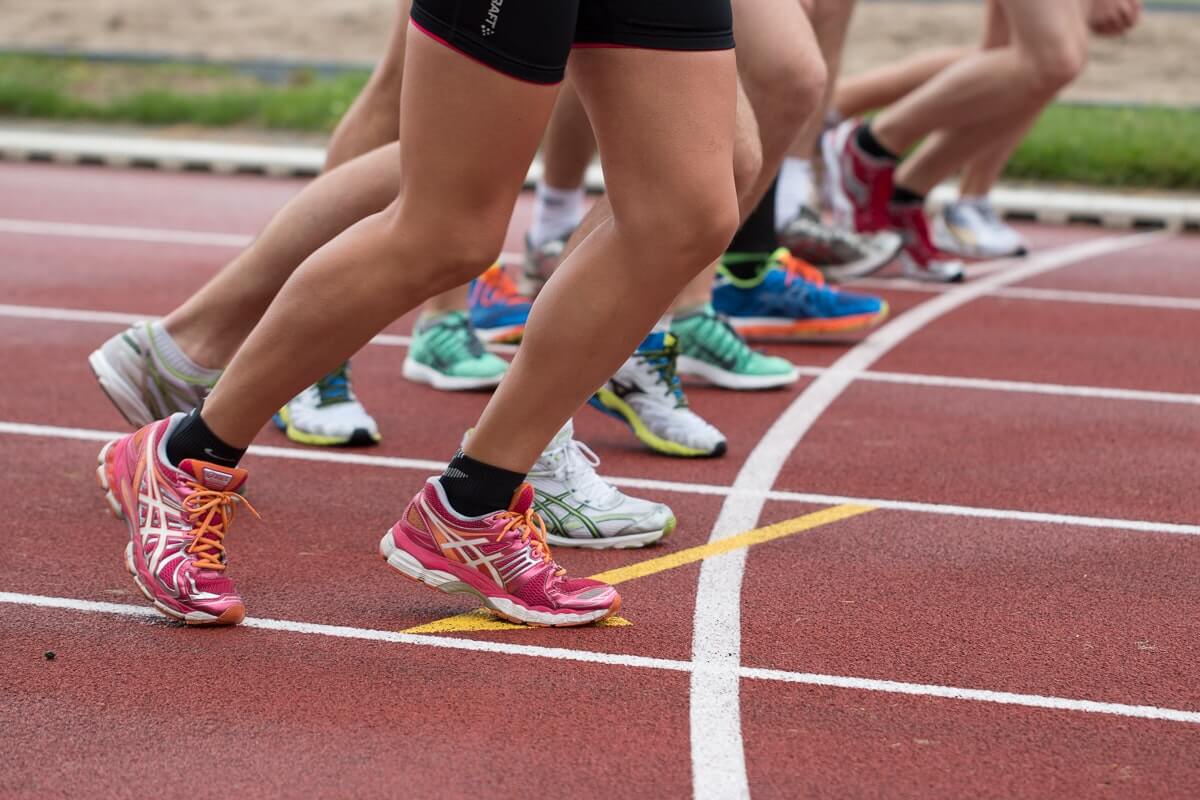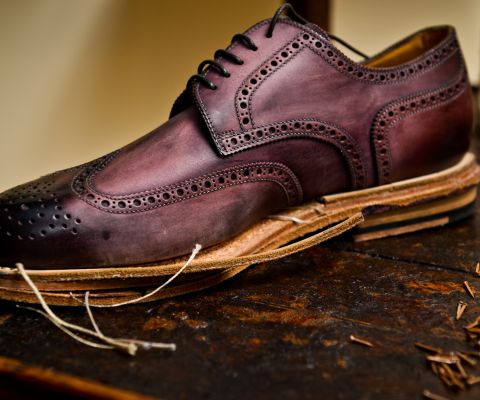How Do You Fix Runner’s Knee?
 How Do You Fix Runner’s Knee? www.walkjogrun.net
How Do You Fix Runner’s Knee? www.walkjogrun.net As a fellow runner, I know that experiencing pain of any sort while doing an activity that you love is heartbreaking. And knee pain or runner’s knee could be the make or break of your running career if not corrected or allowed to heal properly.
Below I will discuss what runner’s knee is, home remedies for pain, and ways to prevent it.
What is runner’s knee?
Runner’s knee can affect many individuals who participate in running and jumping activities. Runner’s knee, also known as patellofemoral pain syndrome, is when a person experiences pain in any part of their knee, but usually at the front of the knee around the kneecap.
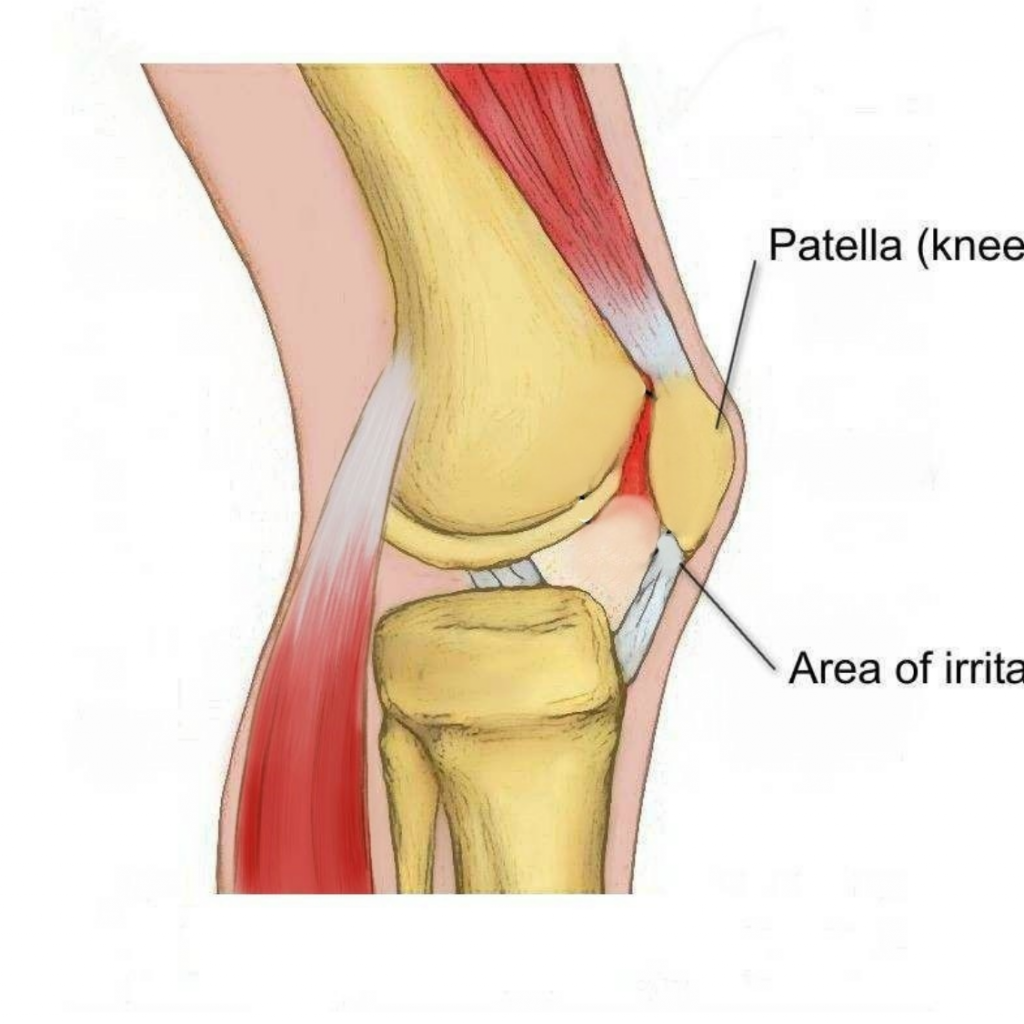
Due to the knee being made up of muscle, tendons, ligaments, cartilage, and bone there are multiple factors that could be playing a role in your knee pain.
The pain you are having in your knee may increase when you are doing certain activities like
- Sitting for a long period of time
- Walking or running downhill
- Going up or downstairs
- Doing squats or going into a squatting position
Remember, knee pain can be associated with underlying conditions (different forms of Arthritis), previous surgeries or injuries to the knee, overuse, and weakness.
Runner’s Knee Causes
Some of the causes of runner’s knee broken down:
Overuse – exercising continuously without giving your body time to recuperative/heal from high-impact activities can cause the area to become irritated.
Weakness – the muscles in and around your thigh, knee, and hip help to keep your knee in place and allow you to be able to squat, run, stand, and walk. If these areas are weak or tight, your knee may come out of alignment easily due to it being able to move around and can result in knee pain.
Surgeries can cause you to have the buildup of scar tissue that could result in swelling and pain at the site after performing an exercise.
Injuries such as fracturing or dislocation of the patella (kneecap) can happen from a fall, a motor vehicular collision, or other forms of blunt force trauma. You will need to see your Provider for treatment of an injury.
Misalignment of your hips, poor posture, and foot problems such as overpronation and flat feet can cause you to walk differently and result in knee pain.
How to Fix Runner’s Knee
The pain with runner’s knee is accompanied with a slow or dull, achy pain that is exacerbated by performing the activities I mentioned earlier. So, avoid them until your knee is pain-free or stronger.

A great rule of thumb is if your knee is still painful when performing activities and the following remedies have not helped by day 3 or after 48 hours call your Physician/Provider.
P- prevent and protect
R- rest
I- ice the area
C- compress
E- elevation
When putting ice on your knee, you want to make sure you use a towel or barrier between the ice and your skin to decrease the chances of skin irritation. Wearing an elastic compress may help with decreasing swelling and you can also try a knee sleeve. The knee sleeve will help with compression and add stability.
Over-the-counter (OTC) medications such as acetaminophen, ibuprofen, and naproxen can help with pain and/or swelling. To continue being active while you are resting your knee try biking or indoor cycling, swimming, and other water exercises.
If you are not having any relief by day 3 from the above therapies, please call your provider so that they may order testing and refer you to an Orthopedist or Physical Therapist to give you more specialized care.
These specialists can help you with taping your knee to limit movement and allow for corrected form. They also can give you a personalized plan to get you back running on your rehabilitation journey.
How to Prevent Runner’s Knee
To prevent runner’s knee, I will list a few exercises and stretches you can perform to strengthen and stretch the muscles that hold your knee in place.
It is important to remember that if you are experiencing knee pain, use your Physician as a resource and request a referral to a Physical Therapist so you can be evaluated on alignment and running form.
You may also seek the assistance of a coach to assess your form and advise you on strengthening exercises. Also, your Providers can order orthotics to help with your overpronation if the OTC shoe inserts are not helpful.
Try out the following stretches and exercises:
1. Heel stretch
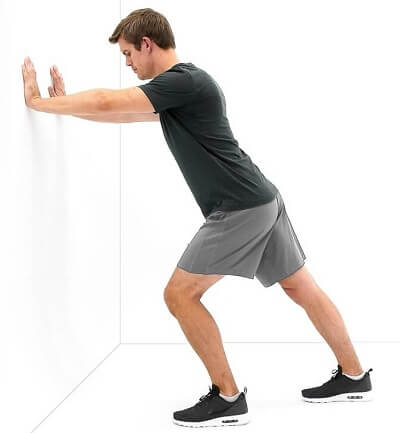
Place your hands against the wall with both heels on the floor and your feet facing the same direction; step back with one leg until you feel tension in your calf, with your front knee slightly bent, hold this position for 30 seconds and repeat.
2. Quadriceps stretch
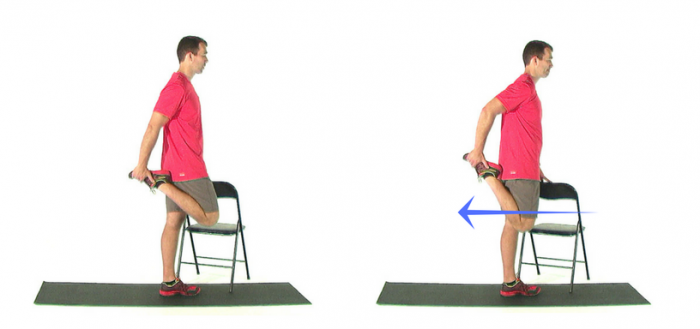
Standing with your legs shoulder-width apart (place one hand on a wall or use a chair for support), lift one foot up towards your buttocks and hold for 30 seconds and repeat.
3. Hamstring stretch
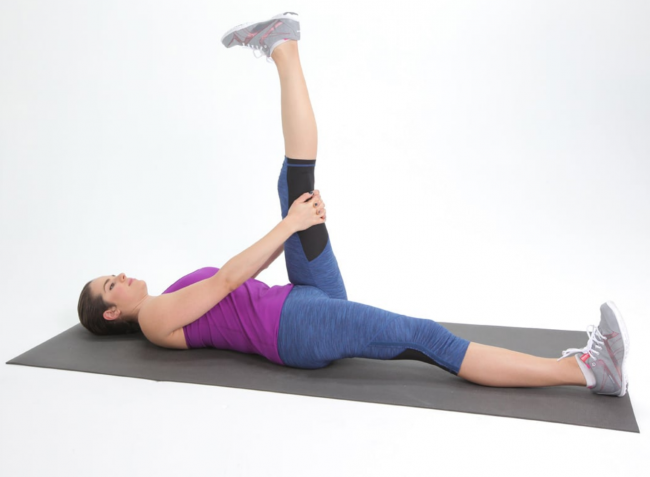
Lying on the floor on your back, lift one of your legs towards your chest keeping it straight with your hands clasping your leg below your knee, hold for 30 seconds and repeat. If you are unable to clasp your leg with your hands you may use a towel for help.
4. Half squats
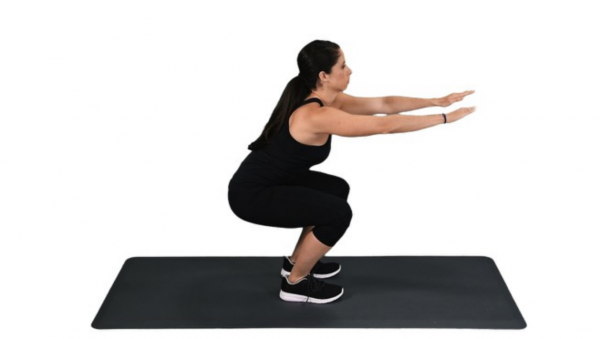
Stand up straight with your feet shoulder-width apart, lower your hips about 10 inches and you may use a chair for assistance, then hold this position for 5 seconds and return to standing. Repeat this exercise 10 times for 2 sets.
5. Calf raises
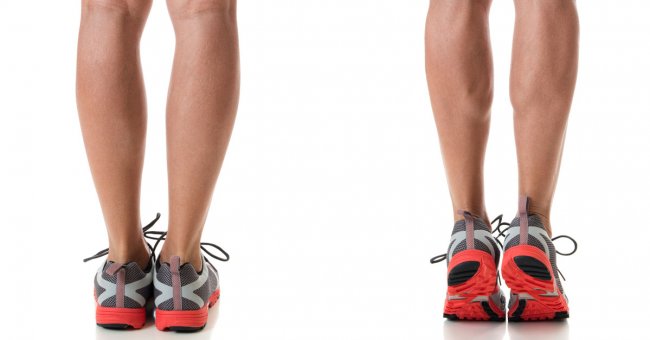
While standing with your feet shoulder width apart, use a chair or wall for balance, lift one of your feet off of the floor and raise the heel of your opposite foot off of the floor and lower. Repeat 10 times.
6. Hip Abductor
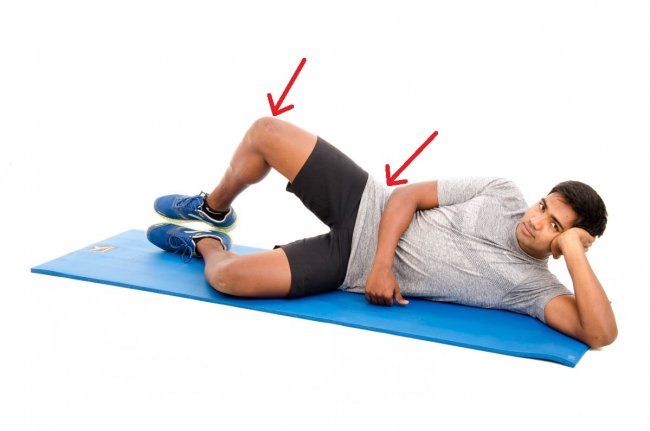
Lying on the floor on your side with your lower leg bent; lift the leg on top approx. 45 degrees and hold for 5 seconds and lower. Repeat 20 times for 3 sets.
All of these exercises and stretches are to be performed on both legs unless you have been instructed by your Providers otherwise. When you are stretching, you should only feel a slight pull, there should never be any pain.
Prevention is always the goal. So, switch up your exercises and let your body rest. Stay hydrated and eat well-balanced meals. These things are key to helping your body have the fuel to build and repair.
Sources
- , 10 Exercises to Help Relieve Knee Pain, Health Website
- , Patellofemoral pain syndrome, Clinic
- , Knee Conditioning Program, Org
- , Runner’s Knee: What You Need to Know, Health Website






